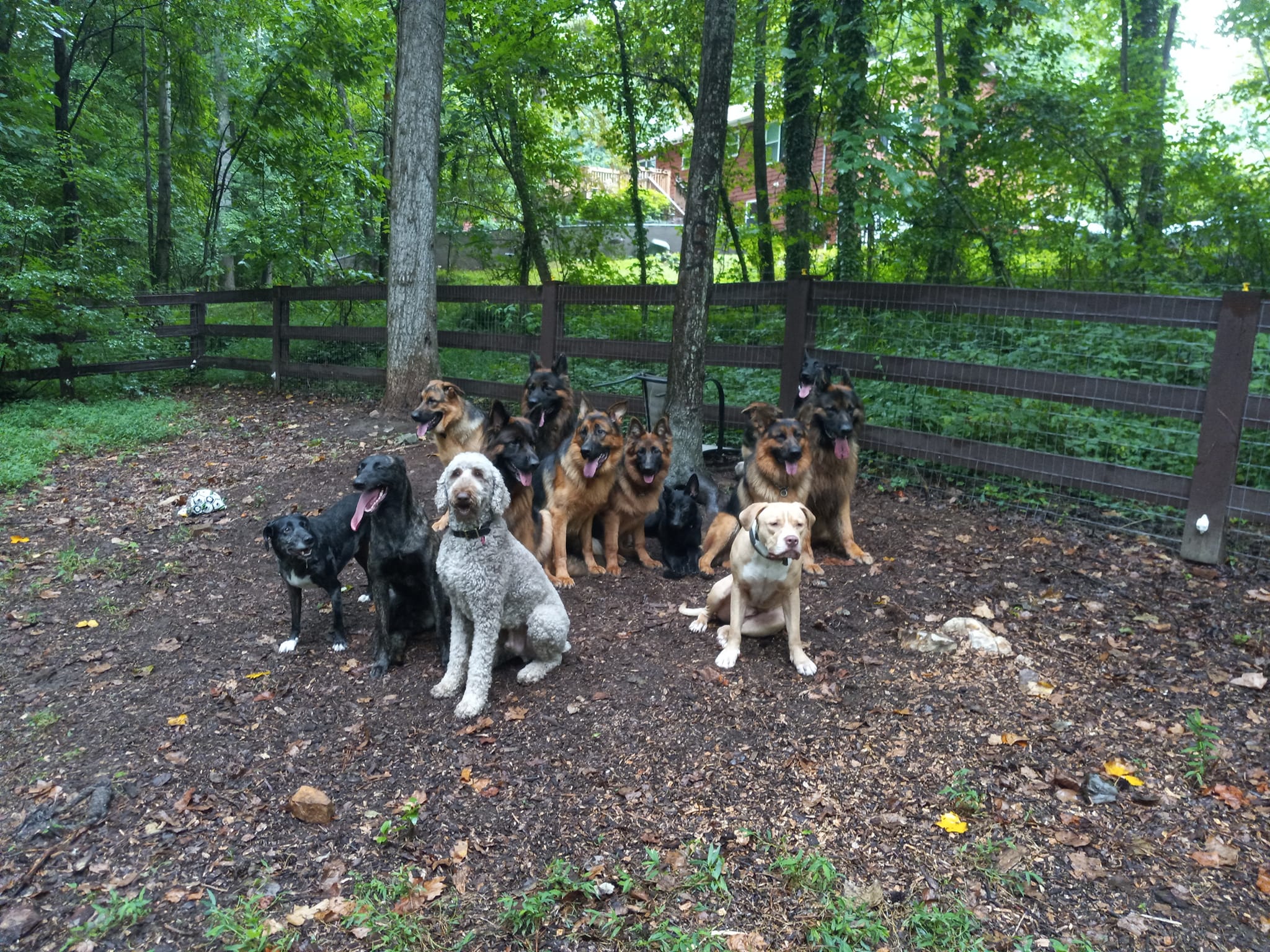The Dark Side of Fetch: Why Ball Chasing Can Be Harmful for Dogs
For many dog owners, tossing a ball and watching their pup sprint after it feels like the ultimate bonding moment. The joy in their eyes, the athletic grace of their run, the triumphant return—it all seems harmless fun. But beneath the wagging tails and panting smiles, this activity can actually feed into addictive, unhealthy behaviors that affect both your dog’s mental well-being and physical health.
The Prey Drive Problem
Dogs are natural predators, and chasing is wired deep into their DNA. When you throw a ball, it flips the switch on their prey drive—the same instinct they’d use to hunt. While short bursts of this instinct are natural, repeated ball chasing can push it into overdrive.
In this heightened state, your dog isn’t simply “having fun”—they’re locked into a tunnel-vision hunt mode where they can’t regulate themselves. Over time, some dogs become fixated on balls to the point where they ignore everything else in their environment. This fixation can spill over into obsessive behaviors, like constant pacing, whining, or staring at the ball even when playtime is over.
The Addiction Cycle
Just like humans can get hooked on activities that provide a quick rush—video games, gambling, even scrolling on a phone—dogs can develop a similar compulsion. The chase triggers a flood of adrenaline and dopamine in their brain, creating a powerful reward loop. The more they do it, the more they crave it.
This can make it incredibly difficult for them to settle down after a game. Some dogs will pant heavily, bark insistently, or nudge you relentlessly to throw the ball “just one more time.” Without boundaries, this cycle can lead to chronic stress and mental exhaustion.
The Risk of Injury
Beyond the psychological toll, there’s the physical risk. A dog in full prey-drive mode is not thinking about safety—they’re thinking about the “kill.” In their single-minded pursuit, they may skid, twist, leap awkwardly, or collide with objects (or other dogs), resulting in injuries such as torn ligaments, strained muscles, and even dental damage from grabbing the ball at high speed.
Because they often won’t self-regulate, many dogs will keep chasing long after they’re tired or sore, pushing their bodies to the point of harm.
Healthier Alternatives to Ball Chasing
The good news is that you can give your dog exercise and stimulation without triggering this unhealthy cycle. Here are some better options:
- Scent work: Hide treats or toys and let your dog use their nose to find them.
- Puzzle feeders: Engage their brain with food-dispensing toys.
- Hikes and Walks: Give them exercise.
Final Thoughts
A balanced routine of physical activity, mental enrichment, and calm downtime will keep your dog happier and healthier in the long run.
